Salzburg – the city that gave birth to the creator of eternal melodies
With war raging again in Europe, William Cook looks to Mozart and the Salzburger Festspiele as representing a shared ideal of beauty and humanity, just as they did in the aftermath of the two world wars

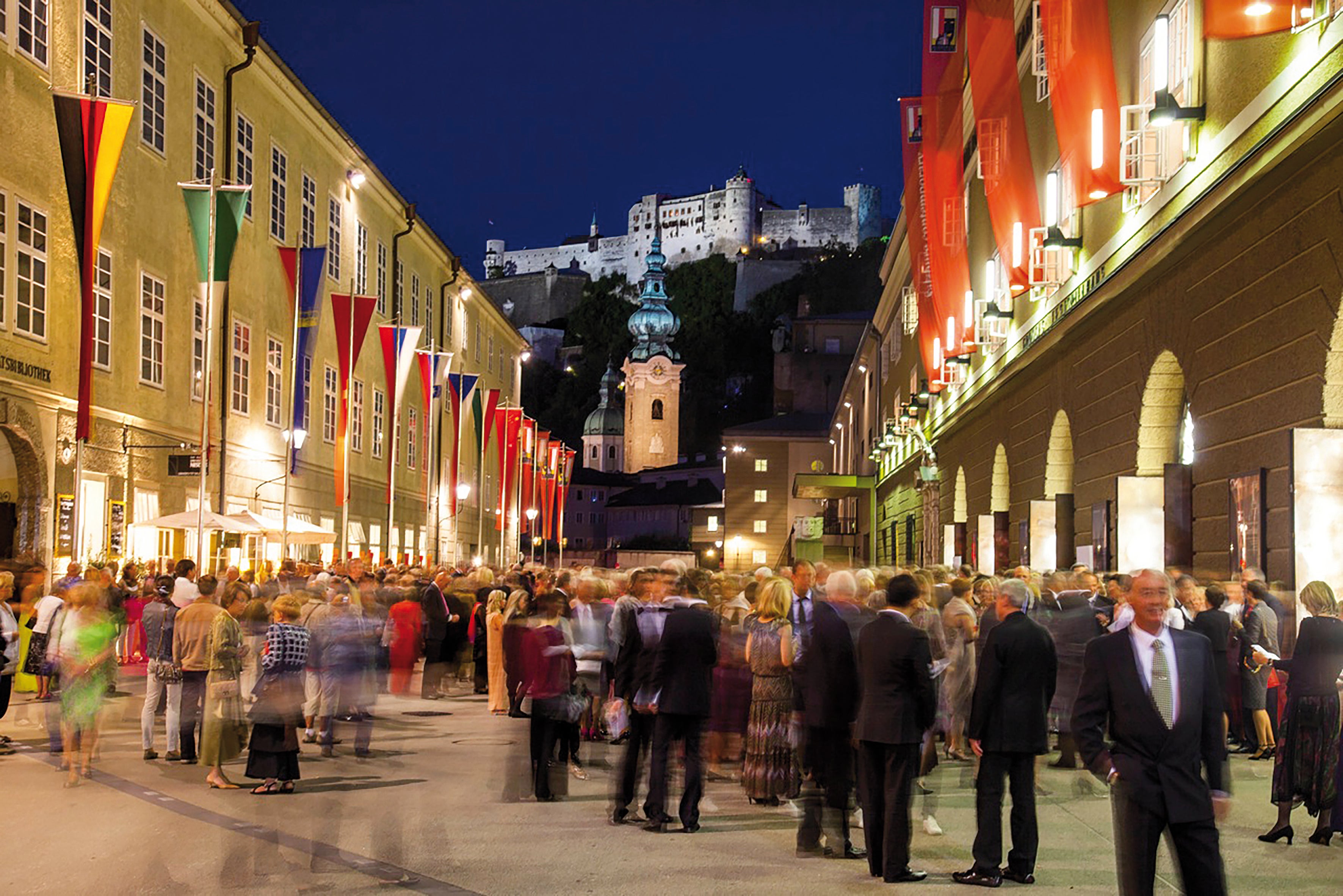
Here in Salzburg, an implausibly pretty city in the foothills of the Austrian Alps, musicians from all across the world are arriving for the world’s most prestigious music festival. Forget Glyndebourne. Forget Bayreuth. For fans of opera and orchestral music, the Salzburger Festspiele is the high point of the cultural calendar. Only the Edinburgh Festival – which Salzburg inspired – comes close.
What makes it so special? Partly it’s the beauty of the setting, partly it’s the quality of the programme (this year’s star turns include the Vienna Philharmonic and the Berlin Philharmonic, widely regarded as the world’s two greatest orchestras), but above all, it’s the festival’s illustrious heritage which sets it apart. From Georg Solti to Herbert von Karajan, from Yehudi Menuhin to Daniel Barenboim, its list of alumni reads like a who’s who of classical music.
However, there’s one name that eclipses all of them. Mozart looms over every Salzburger Festspiele, the ghost at each year’s feast. The Marriage of Figaro, arguably his greatest opera, is the highlight of this summer’s programme, but even if Salzburg removed him from the repertoire he’d still overshadow every festival. Why? Because everything about the Salzburg Festival can be traced back to him.
Born and raised in Salzburg, Wolfgang Amadeus Mozart was the forerunner of every rock star who lived too fast and died too young, from Jim Morrison to Kurt Cobain. Without the morbid legend of his life, the Salzburg Festival and the tourist industry which surrounds it would be inconceivable. His tragic superstardom set the precedent for today’s celebrity-driven music business, in which prodigious talent and premature death are intimately intertwined.
Sightseers queue to visit Mozart’s Geburtshaus (where he was born, in 1756) and his Wohnhaus (where he lived until he was 25). They queue for tables at Cafe Tomaselli, where he went to drink his hot chocolate. They queue for tickets to concerts at Schloss Mirabell, where he once performed.
Anywhere you go in Salzburg, there’s no escaping him. His pale, pensive face stares out from the window of every souvenir shop, emblazoned on every sort of knick-knack you can imagine (and quite a few you can’t). He’s even lent his name (unwittingly) to Salzburg’s most popular confectionery – the Mozartkugel, a bauble of nougat, pistachio and marzipan, coated in dark chocolate, wrapped in silver foil, adorned with his enigmatic mugshot.
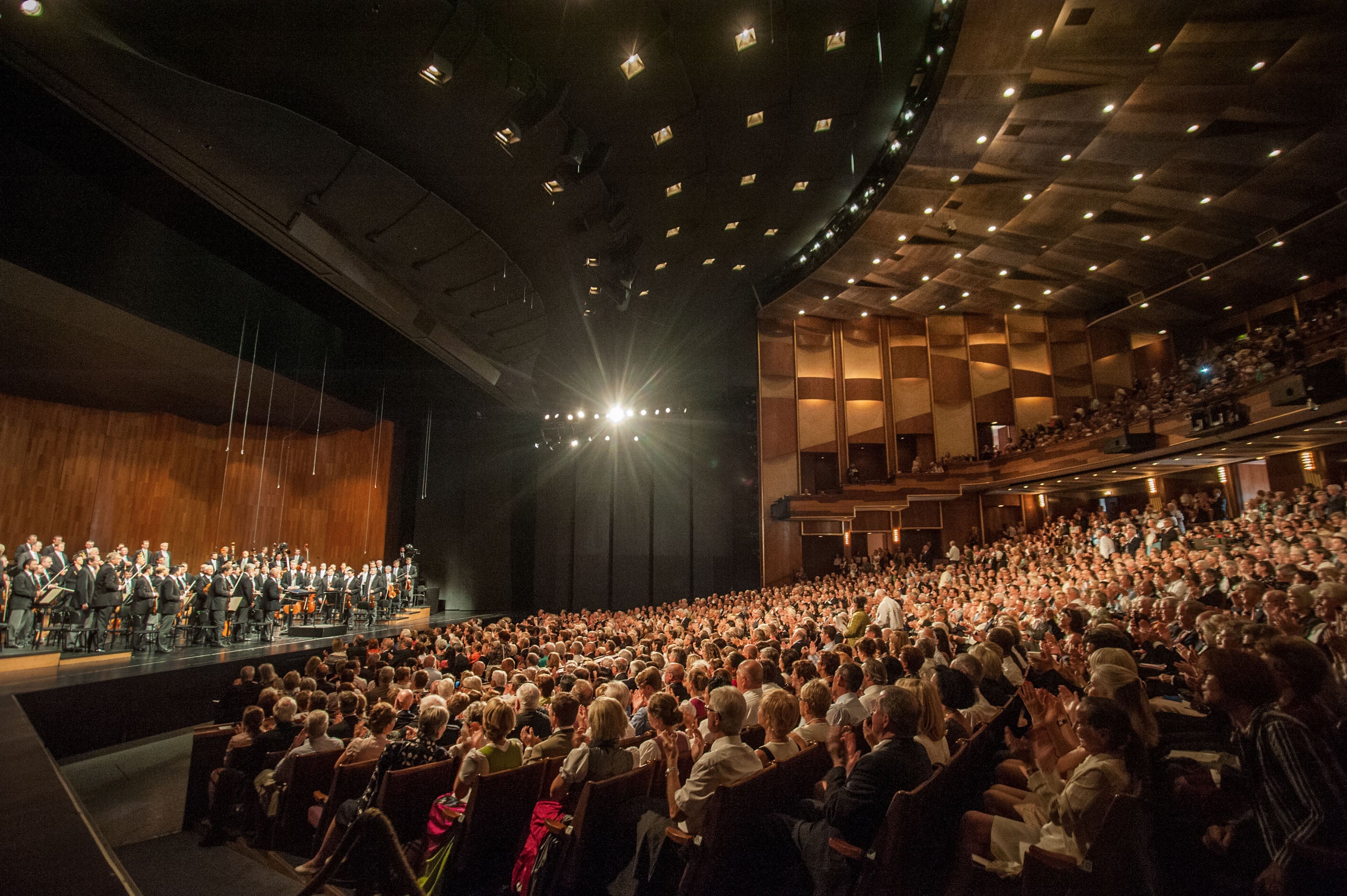
Superficially, Mozart seems like the perfect poster boy for Salzburg – but like a lot of showbiz biographies, the facts don’t quite match the myth. Yes, he was born and raised here and wrote a lot of music here, but he became increasingly frustrated by his hometown and couldn’t wait to get away.
Although Mozart was based in Salzburg until his mid-twenties, from his early childhood he frequently spent months abroad, on mammoth international tours, organised by his father (the truncated childhood of Michael Jackson springs to mind). His performances in foreign capitals were mainly money-making schemes, but he also hoped he might secure a steady job at one of these foreign courts – to no avail. After he finally left for Vienna in 1781, to pursue an insecure freelance career, he only returned to Salzburg for a few brief visits, to see his widowed father, Leopold, and his sister, Nannerl.
Mozart was refreshingly rude about Salzburg, describing his work here as slavery and calling his fellow Salzburgers fools. He described his employer, Count Colloredo, the archbishop of Salzburg, as the “arch-oaf”. These disparaging sentiments were returned in kind. In 1781, when Mozart went to see Archbishop Colloredo, to deliver his letter of resignation, Colloredo’s deputy, Count Arco, kicked the great composer down the stairs.
Mozart’s subsequent decade in Vienna was precarious, but it was undoubtedly his most productive. “This is a marvellous place,” declared the composer, upon his arrival in Vienna, “and, for my profession, the best place in the world.” Though Mozart wrote some wonderful music in Salzburg, most of his greatest hits were written in Vienna. If we only had the Vienna compositions, we would still regard him as the greatest. If we only had the Salzburg compositions, we would regard him as very good indeed, but not great.
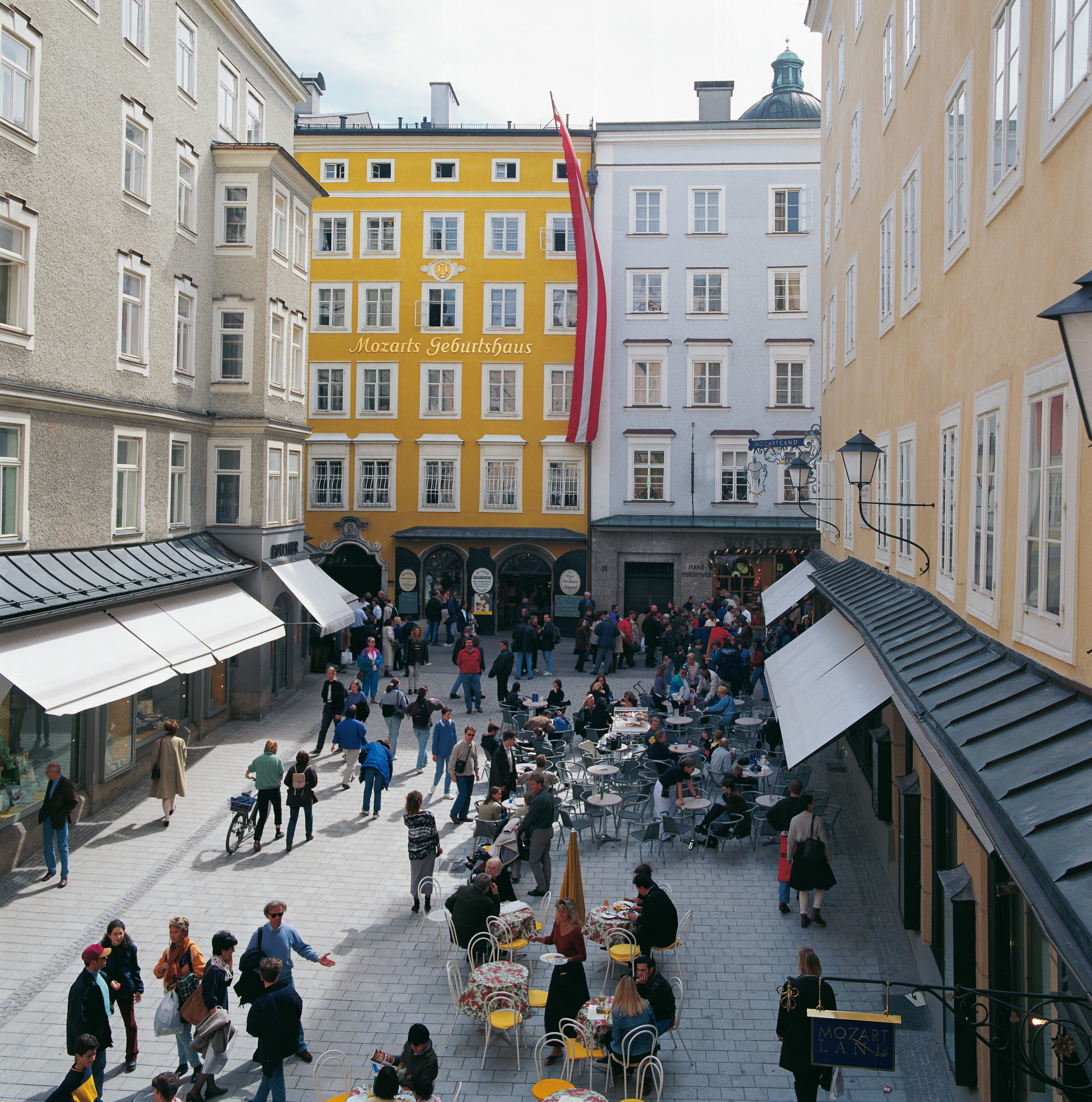
So did Salzburg hold him back? That’s certainly the impression you get from Peter Shaffer’s play (and the resultant movie) Amadeus, which has had an immense effect on shaping modern conceptions of Mozart. In the film, Archbishop Colloredo is depicted as a reactionary autocrat, too blinkered to recognise Mozart’s genius. Like many elements of Shaffer’s play, this was terrific drama but bad history. In fact, as an absorbing new exhibition in Salzburg’s Residenz (the archbishop’s opulent palace) reveals, Colloredo was actually a relatively enlightened and progressive ruler, with a keen interest in anti-establishment thinkers like Rousseau and Voltaire.
Colloredo built Salzburg’s first theatre, established the city’s inaugural art school, and opened its vast ecclesiastical library to the public. He recognised Mozart’s talent and was happy to employ him, but whereas his spendthrift predecessor, Archbishop Sigismund von Schrattenbach, had been content for Mozart to gallivant around Europe for months on end, Colloredo (not unreasonably) expected his employee to remain in Salzburg and do a day’s work for a day’s pay. However, the thing that Amadeus underplays is the extent to which Salzburg’s history made it an ideal place, arguably the only place, where the seed of Mozart’s genius could be cultivated, and brought to bloom.
The Salzburg that Mozart was born into was not a part of Austria, but an independent city-state, ruled by a prince-archbishop. In medieval times these prince archbishops had led armies into battle, but by the time Mozart was born here, they’d learned to sidestep the ruinous wars which had plagued central Europe since the Middle Ages and devote their energies to art. With no expensive wars to fund, successive prince archbishops created an Alpine version of the Vatican – an intricate cluster of Italianate churches and palaces, and they filled these churches and palaces with music.
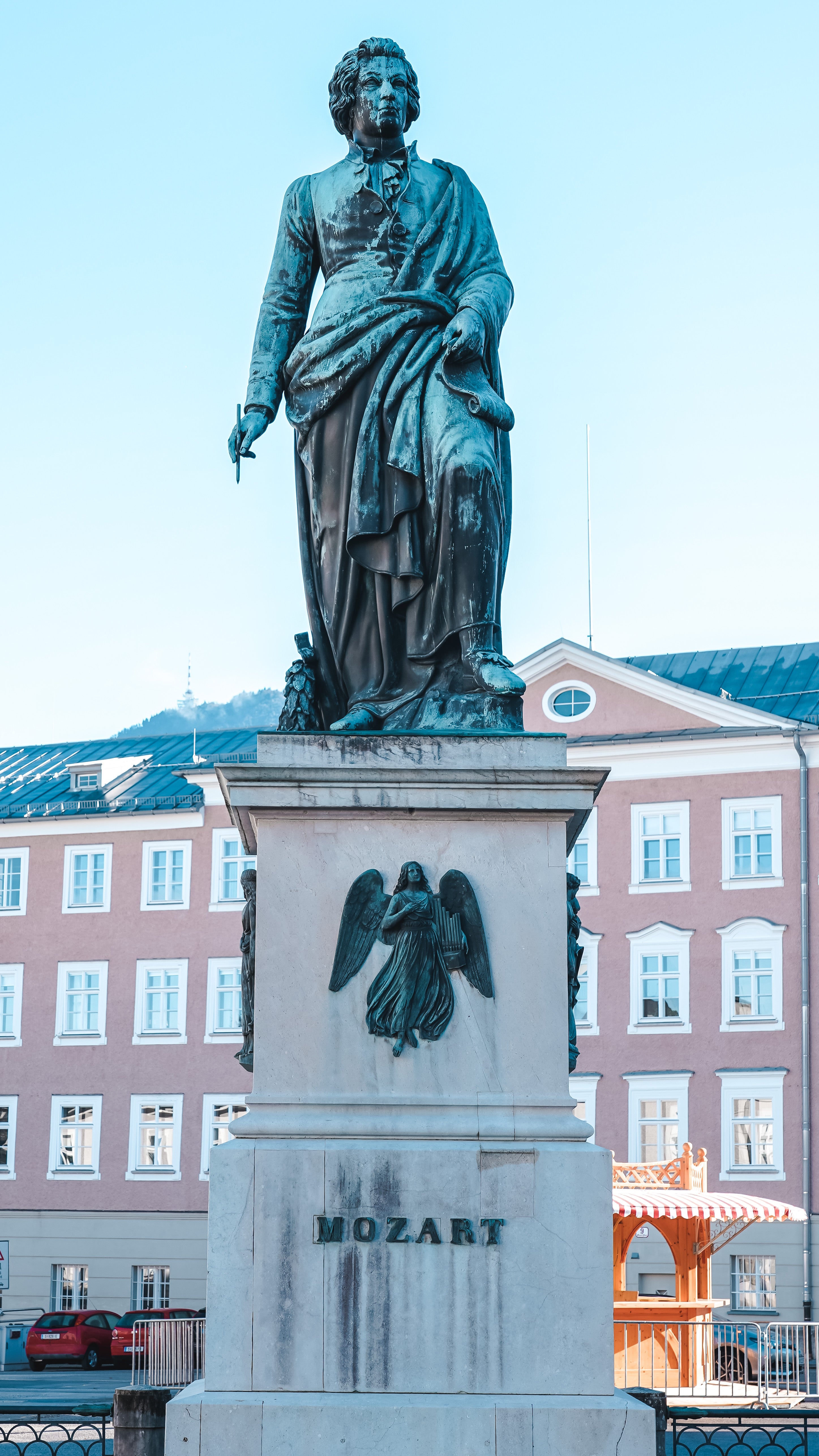
Consequently, the city Mozart grew up in was unlike any other – a compact conurbation with the creative clout of a metropolitan capital. The church employed several hundred professional musicians, a number befitting a far bigger city, and one of them was Mozart’s father Leopold. Under Prince-Archbishop Colloredo’s predecessor, Von Schrattenbach, Leopold was free to nurture his son’s talent and take him away on tour.
Today, Mozart’s genius is seen as something incredible and God-given, but even God-given genius needs the right environment in which to grow. Mozart grew up in a family of professional musicians, in a small city with a musical culture quite out of keeping with its modest size. The church commissioned a steady stream of new compositions and employed a large corpus of musicians to perform them. Here, making music was a mainstream occupation. Sure, Mozart eventually outgrew Salzburg, but it was the perfect start. Leopold could hardly have wished for a better place to raise his gifted son.
Mozart’s untimely death, aged just 35, was a catastrophe for music lovers, but it was a godsend for his biographers, who relished the clear dramatic arc of a brief life and a premature demise. Then as now, biographers were inclined to spice up the more lurid aspects of the narrative, and they were probably aided and abetted in this endeavour by their main source, Mozart’s widow Constanze.
With two young sons to support and no copyright laws to protect her, Constanze’s only source of income was her late husband’s legacy, and so she had a vested interest in making his biography as marketable as possible. This was the dawn of the Romantic age, and so writers and readers were attracted to the idea that Mozart had died unrecognised, in abject poverty. In fact, although he left a lot of debts, he’d made a decent living and, after a few fallow years, when he died in 1791 his reputation was on the up.
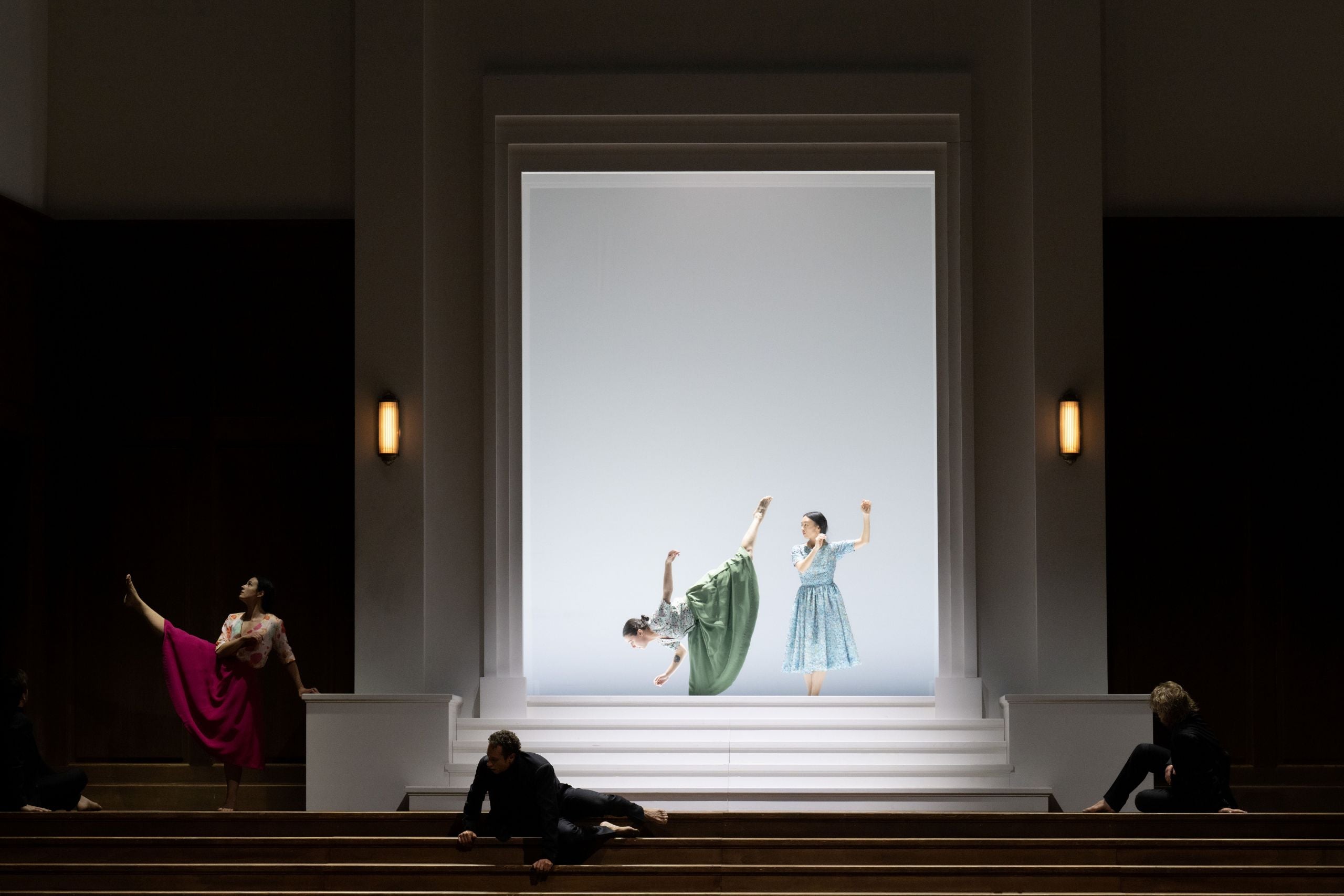
In 1824, Constanze moved back to Salzburg, cementing Mozart’s hometown as a place of pilgrimage (pioneering British music publisher Vincent Novello paid her a visit here in 1829). Constanze lived on in Salzburg until the grand old age of 80, a very good innings for the 19th century. If only her husband had lived so long. A few months after her death, in 1842, a statue of Mozart was unveiled in Salzburg, in the presence of Mozart’s two sons (who subsequently both died childless, leaving him with no direct ancestors).
This statue reveals how, during the 50 years since his death, Mozart’s public image had been transformed. Contemporary portraits depict a sallow, somewhat sickly figure, with a long nose and bulbous eyes – not ugly, but far from handsome. Contemporaries described him as short and slight, a mere 5ft 4in tall. This statue, conversely, depicts a muscular, heroic figure. Reality had been eclipsed by mythology. In 1880 the house where he was born opened as a museum. The deification of Mozart was complete.
This fictionalisation of Mozart’s life was supported by a shift in Salzburg’s status. Salzburg lost its independence during the Napoleonic Wars, and after Napoleon was defeated, in 1815, it was incorporated into Austria. Stripped of its autonomy, it became a cultural capital instead. After Austria was defeated in the First World War and was shorn of its eastern territories, Salzburg emerged as a bucolic contrast to post-imperial Vienna.
The Salzburg Festival, which began in 1920, was a valiant attempt to bring the peoples of Europe back together after the war to end all wars, through a shared love of the performing arts. It was inspired by various Mozart festivals which had taken place here since the late 19th century, but which had fallen into abeyance during the carnage of the trenches. During the 1920s and 1930s, the festival flourished but then in 1938, Hitler marched in and Salzburg, along with the rest of Austria, was swallowed up by the Third Reich.
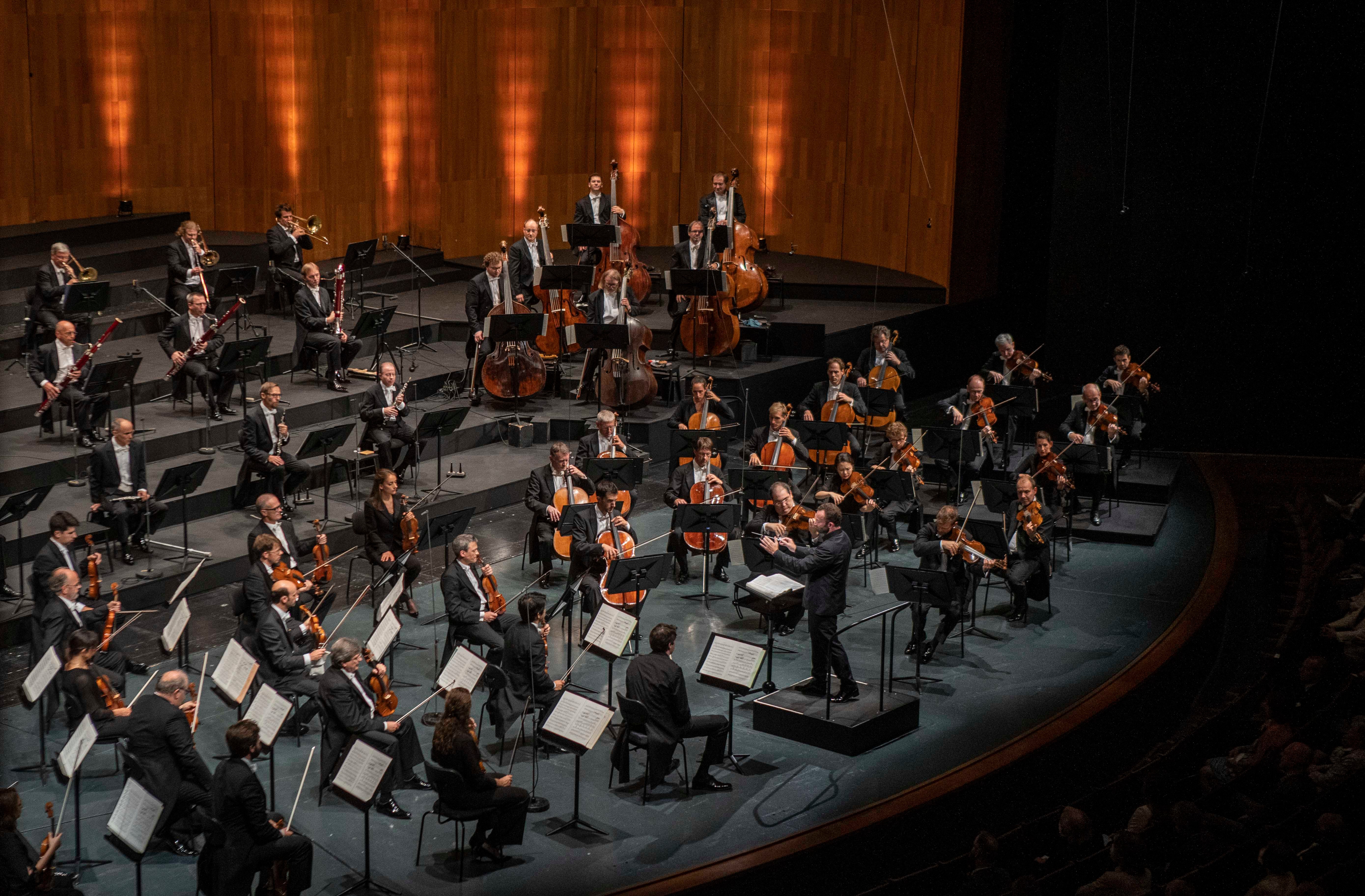
The Nazis regarded Mozart as a great German composer (even though Germany had not become a nation until 80 years after his death) and so his music was appropriated and exploited by Goebbels and his barbaric acolytes. Thankfully, at the end of the Second World War, Salzburg was occupied by the Americans, who saw the importance of restoring Salzburg as a cultural destination, with the Salzburg Festival, and Mozart, at its core.
Mercifully free from the antisemitic baggage of Richard Wagner, Mozart was a Germanic composer to whom no one could object. His music was universal, beloved the world over, and that gave it great healing power. Did it really matter all that much that Salzburg had become a kind of classical musical Disneyland, patrolled by Mozart lookalikes in frock coats and powdered wigs? Yes, it was a fantasy, but after the horrors of two world wars, it felt like a fantasy worth preserving. Today, with war raging again in Europe, Mozart and the Salzburg Festival represent a shared ideal of beauty and humanity, just as they did in the aftermath of the First and Second World Wars.
And Mozart still matters more than any other composer, because he retains a unique capacity to cut through. People with no interest in orchestral music are seduced by his concertos and symphonies. People who can’t stand opera hum along to Cosi fan tutte. I brought my two children here when they were eight and four to introduce them to Mozart. In Britain, I’d been unable to interest them, but in Salzburg they both got it straight away. My four-year-old daughter was enchanted by a puppet performance of The Magic Flute, in Salzburg’s Marionette Theatre. My eight-year-old son sat through Requiem, in the Kollegienkirche, where Mozart worshipped as a boy.
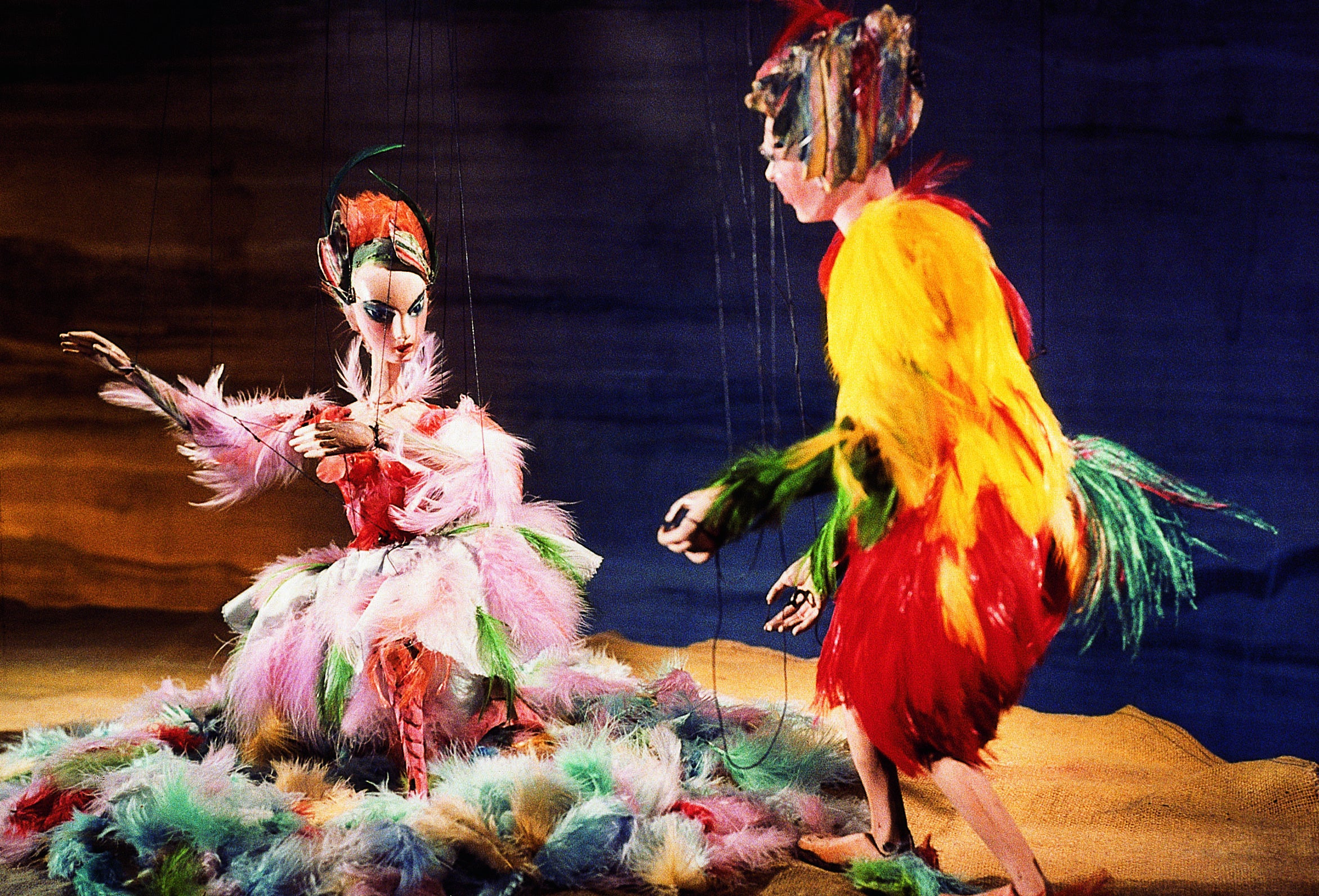
Fifteen years on, my son and daughter are both grown up, and I’m back in Salzburg on my own. I return to the Marionette Theatre to see The Magic Flute, amid a sea of excited children. I sit entranced in the darkened auditorium and quite forget I’m watching puppeteers. The children all around me are equally transfixed. I return to Schloss Mirabell, the marble palace where Mozart played for the archbishop when he was a boy, alongside his father and his sister. The highlight of the evening is Clarinet Concerto in A major, as beautiful as birdsong, so full of joie de vivre. Sitting in this marble hall, bathing in this timeless music, it’s hard to imagine there was a time when these eternal melodies did not exist.
After a standing ovation and an encore, the crowd spills out into the summer night, into the Mirabell Gardens – a site unchanged since Mozart’s day. I walk across the gardens, towards town, that soaring clarinet still ringing in my ears. This is the view Mozart would have seen – the domes and spires of the baroque Altstadt, framed by snow-capped mountains. This is what brings music lovers back to Salzburg year after year. It’s that precious connection with the past, which we’ve forsaken in so many other places. It’s that intimate communion with the composer who, more than anyone, makes you feel glad to be alive. Listening to Mozart, if only for a few hours, you feel that despite all the pain and suffering in the world, maybe everything will work out OK.
The Marriage of Figaro is at the Salzburg Festival (www.salzburgfestival.at) from 27 July to 28 Aug. For more information about Salzburg visit www.salzburg.info



Join our commenting forum
Join thought-provoking conversations, follow other Independent readers and see their replies
Comments